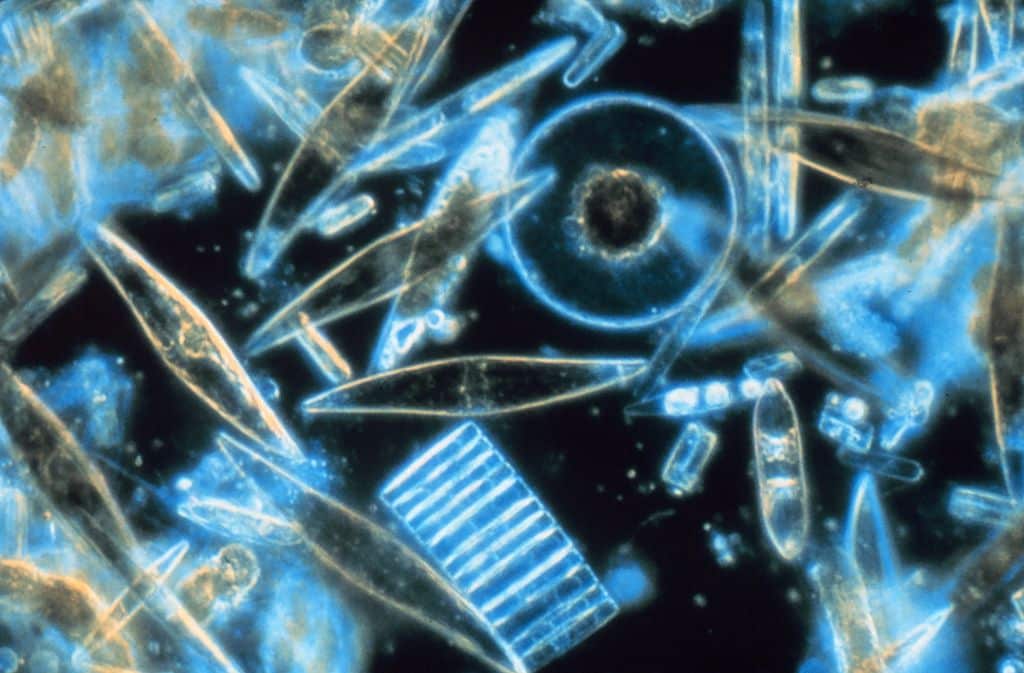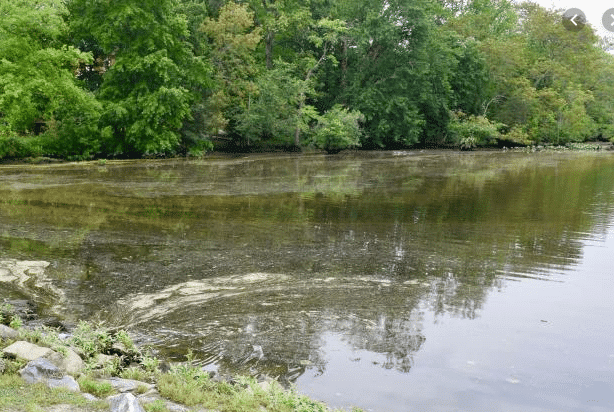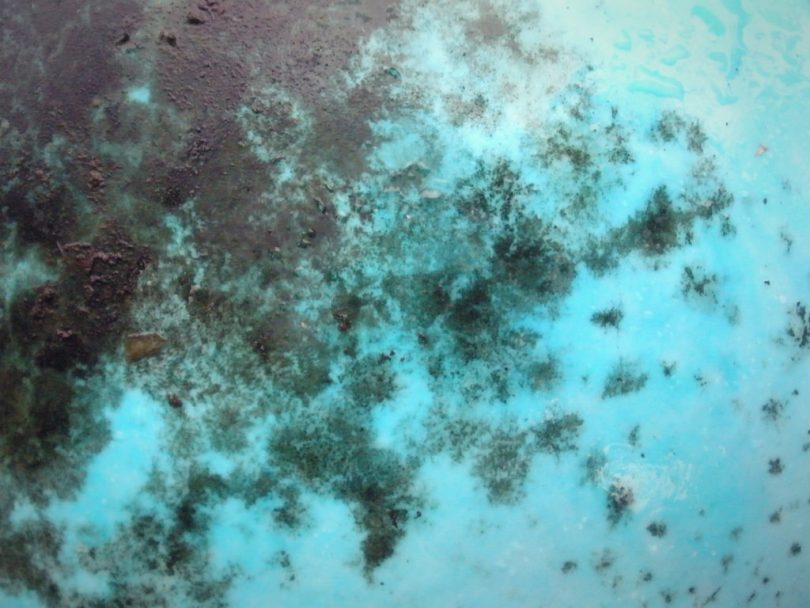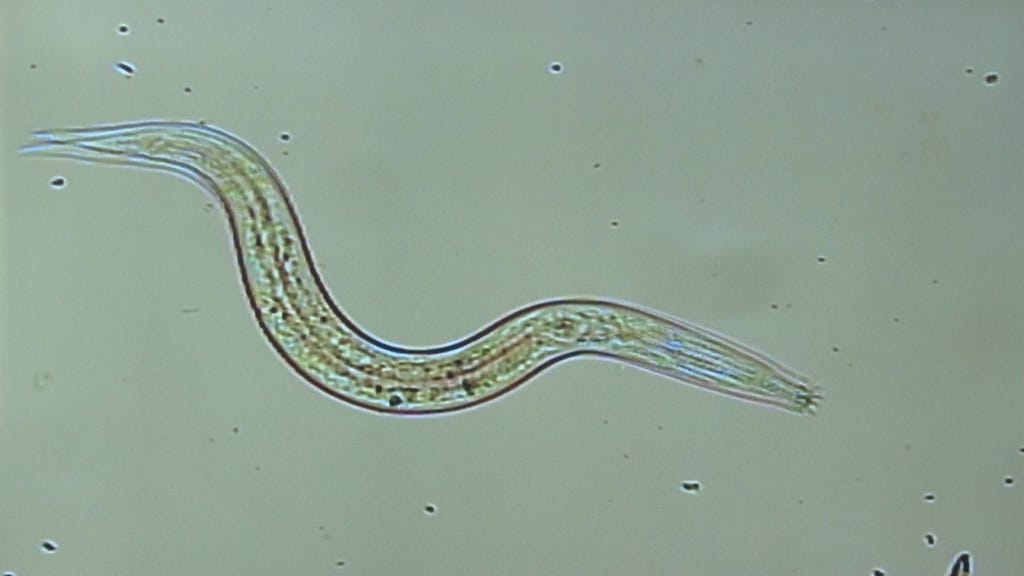Common Biological Contaminants
Common Biological Contaminants
Taste, Odor, and Turbidity
Regardless of any other factors, water piped into the home must be potable. To be potable, it should be completely free of disease organisms. Water is the breeding ground for an almost unbelievably large variety of organisms. Water does not produce these organisms. It merely is an ideal medium in which they can grow. These organisms gain entry into the water through a variety of sources. They enter the water from natural sources, surface drainage, and sewage. Many of the organisms in water are harmless. In fact, they are extremely beneficial to man. Others have a mild nuisance value. And still, others are a source of disease.
In general, those organisms which are potential disease-producers are of primary concern. These are of five types: (1) bacteria, (2) protozoa, (3) worms, (4) viruses, and (5) fungi. The presence of certain organisms of these various types can lead to such infectious diseases as typhoid fever, dysentery, cholera, jaundice, hepatitis, giardiasis, undulant fever, and tularemia, as well as other diseases which spread through drinking unsafe water.
Tremendous strides have been made in the control of these diseases within recent years. Much of the credit must go to sanitary engineers for their careful, consistent control of public water supplies. As proof, outbreaks of typhoid fever in either this country or Canada are rare, Natural disasters can play havoc with water supplies, but under routine conditions, typhoid is no longer a serious threat. Paradoxically, the freedom from typhoid and other similar waterborne diseases makes it necessary even greater vigilance today. For now, whole generations have grown up without the opportunity to develop a natural immunity to such diseases. Thus, a failure in the protective system could result in far more people succumbing to the disease than in the past.
As was previously indicated, many waterborne organisms are extremely beneficial to man. Bacteria, protozoa, and fungi that purify polluted water are essential to our well-being. Many of these organisms set into motion the chain reactions that result in purification.
We can classify living organisms in many ways and into many groups. Modern taxonomy categorizes living organisms into five kingdoms: Monera, Protista, Fungi, Plantae, and Animalia. Monera includes single-celled bacteria and photosynthetic blue-green algae. They differ from all other organisms in that their more primitive cell structure lacks a nuclear membrane as well as other membrane-bound organelles. They are called prokaryotes.
All other organisms are eukaryotes, that is, organisms with cells that have distinct nuclei surrounded by nuclear membranes, as well as a variety of other well-defined membranous organelles. Organelles are specialized parts of cells (as mitochondria, chloroplasts, or endoplasmic reticulum) performing functions analogous to those of organs in many-celled plants and animals.
Members of the kingdom Protista are known as protists. They are solitary, single-celled eukaryotes (but some species form loose aggregations of cells called colonies). Animal-like protists are the protozoa; they are generally larger than bacteria and are mobile. Plant-like proI ists include several divisions of algae; these contain chlorophyll and carry on photosynthesis.
The Fungi are a diverse group of eukaryotes that are plant-like but that cannot carry on photosynthesis. They serve as decomposers, absorbing nutrients from dead leaves or other organic matter in soil and water. Fungi produce spores during the reproductive process. They consist of slime molds, such as the slimy masses found on decaying leaves and wood, and the true fungi, such as molds, yeasts, mildews, and mushrooms.
Plantae (plant) and Animalia (animal) kingdoms consist of the multicellular and well-developed plants and animals we are all familiar with. Plant cells contain photosynthetic pigments, such as chlorophyll, and plants carry out photosynthesis. Animal cells lack photosynthetic pigments, so animals must obtain nutrients by eating other organisms.
Forms of Lower Life in Water

Algae
These organisms are found throughout the world. Simple algaes exist in the Monera and Protista kingdoms. Other algaes are plants. They constitute single-celled or simple multicellular photosynthetic organisms I hat are important producers-produce their own food by using energy from sunlight to synthesize complex molecules from carbon dioxide and water-both in sea and fresh water. Algae range in size from microscopic organisms to giant seaweeds several hundred feet in length. They contain chlorophyll and other pigments which give them a variety of colors. They manufacture their food by photosynthesis.
Algae thrive well in stagnant surface waters, especially during the warm weather. Algae give water fishy, grassy, earthy, musty, and other even more objectionable odors. While algae-laden waters are repulsive to man, animals will drink them, and the presence of blue-green algae has been known to cause the death of cattle drinking this water.

Diatoms
Diatoms are algal protists belonging to the plant-like (algae) portion of the Protista kingdom. Some exist as single cells, others are found as groups or colonies. More than 15,000 forms of diatoms are known to exist. Diatoms have silica-impregnated cell walls. At times, they release essential oils which give water a fishy taste.

Fungi
Fungi have many varieties. Included among these are molds, mildews, mushrooms, yeast, rust, and smut. Fungi are not able to manufacture their own food; they contain no chlorophyll. They exist by feeding on living things or on dead organic matter. Like the bacteria, the fungi are important decomposers that breakdown the wastes and the bodies of dead organisms making their components available for reuse. Depending on their individual characteristics, they are usually colorless, but may vary in this respect.

Molds
One important category of fungi is molds. This group of fungi feeds entirely on organic matter. They decompose carbohydrates, such as sugars, starches, and fats, as well as proteins and other substances. They thrive ideally in water that has a temperature range of approximately 80°F to 100°F. The presence of molds is generally a strong indicator of heavy pollution in water.

Bacteria
Bacteria are another important class of prokaryotes in the Monera kingdom. Bacteria cells range in size from less than 1 to 10 microns in length and from 0.2 to 1 micron in width. Despite their small size, it has been estimated that the total weight of all bacteria in the world exceeds that of all other organisms combined. Bacteria, along with fungi, are an important component of the ecosystem because they decompose. If these decomposers did not exist, nutrients would become locked up in the dead bodies of plants and animals, and the supply of elements required by living systems would soon be exhausted. Among the higher organisms in this group are the iron, manganese, and sulfur bacteria. These higher bacteria gain their energy from the oxidation of simple inorganic substances. Lower forms of bacteria can be grouped as those that are helpful and those that are harmful to man. Those harmful to man are mainly the disease-producing organisms. Helpful organisms hasten the process of decomposing organic waste matter. And by feeding on waste materials they aid in the purifying of water.
All bacteria are sensitive to the temperature and pH of water. Some bacteria can tolerate acid water. But for the most part, they thrive best in waters that have a pH between 6.5 and 7.5, that is, essentially neutral waters. As to temperature, most pathogenic or disease bacteria thrive best in water of body temperature. Beyond this, no hard and fast statements can be made.
Some bacteria are more resistant to heat than are others. Some are more sensitive to cold. At low temperatures, for example, some bacteria may become dormant for long periods of time, but will still coninue to exist. Interestingly enough, the waste products of their own
growth can hamper bacteria and may even prove toxic to them.

Worms
Worms belong to the animal kingdom. There are three types of worms (flatworms, roundworms [nematodes], and rotifers) found in water. For
the most part, they dwell in the bed of material at the bottom of lakes and streams. There they do important work as scavengers. The rotifers
are the only organisms in this category at or near the surface: They live primarily in stagnant fresh water. The eggs and larvae of various intestinal worms found in man and warm-blooded mammals pollute the water at times. They do not generally cause widespread infection for several reasons: they are relatively few in number and are so large they can be filtered out of water with comparative ease. The typical size of parasitic worms or helmiths, such as flukes, tapeworms, hookworms, ascris, pinworms, trichina worms, and filaria worms is 30-50 microns in diameter.

Protozoa
A basic classification in the Protista kingdom is that group of microscopic animal-like protists known as protozoa. These one-celled organisms live mainly in water either at or near the surface or at great depths in the oceans. Many live as parasites in the bodies of men and animals. Like other organisms, protozoa can be classed as helpful or injurious. Sometimes drinking water becomes infested with certain protozoa which are not disease-producing. When present, they give the water a fishy taste and odor. Some protozoa are aerobic, that is, they exist only where free oxygen is available. Others can be either aerobic or anaerobic.

Nematodes
Nematodes belong to the worm family. They are commonly called roundworms. Nematodes have long, cylindrical bodies which have no internal segments. Interestingly enough, those nematodes, which are found in the bodies of men and warm-blooded animals, are large enough to be visible to the naked eye. Those living in fresh water and in the soil are microscopic. Nematodes can be a problem in drinking water because they impart objectionable tastes and odors to water. They are also under suspicion of being carriers of the type of disease-bearing bacteria found in the intestines of warm-blooded animals, though studies show, however, this possibility is somewhat remote. Nematodes are apt to be found in municipal waters derived from surface supplies.

Viruses
The smallest of the infectious microorganisms is that group of parasitic forms known as viruses. Too small to be seen under a microscope, viruses are capable of causing disease in both plants and animals. Viruses can pass through porcelain filters that are capable of screening out bacteria. Viruses, such as those producing infectious hepatitis, poliomyelitis, meningitis, and gastroenteritis, can be waterborne. Drinking water contaminated with any of these viruses is hazardous.

